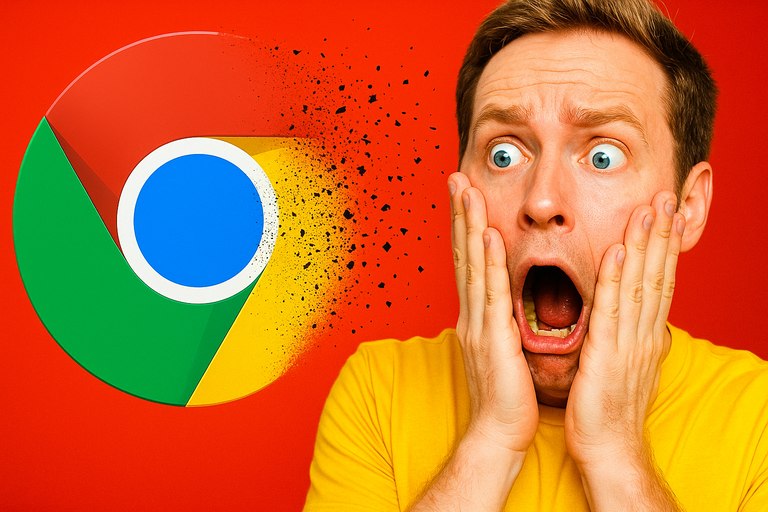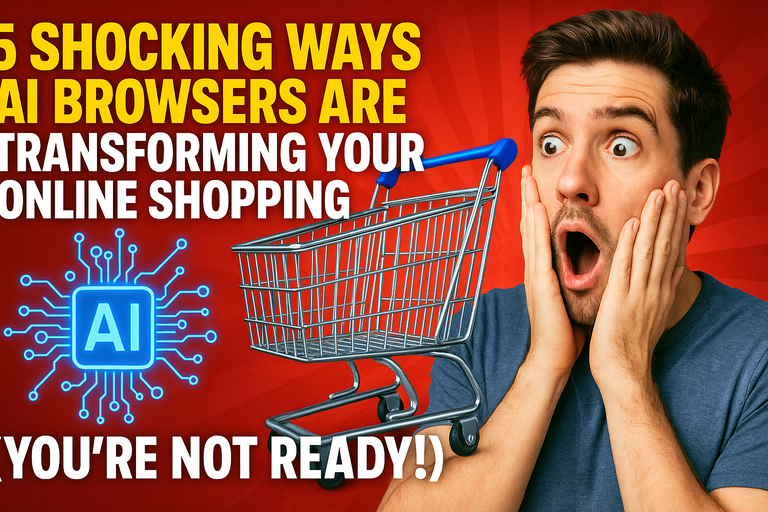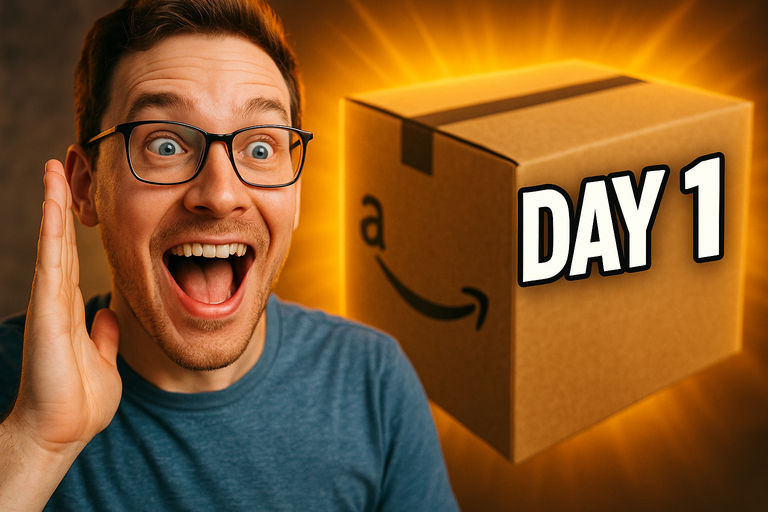
Are you ready to wake up one morning and find your favorite shopping tools… just gone?
Last month, I sat down for my usual online retail therapy—window shopping, comparing sneakers, daydreaming about how that fancy coffee machine would actually look on my tiny kitchen counter (spoiler: probably not as cute as the product photo suggests). But while scrolling through the tech news, something caught my eye: The Browser Company just announced they’re dropping Arc for a new AI-powered browser called Dia.
Wait—companies just… drop products like that?
If you’re anything like me, you’ve probably gotten comfy with your browser, customizing it with just the right extensions for every stage of the shopping journey. Visual add-ons, comparison tools, wishlist managers—you name it. But here’s the shocker: what happens when the platforms carrying these tools suddenly pivot?
Let’s break down why this matters—especially for those of us who live and breathe online shopping—AND what you can actually do about it.
The Arc Shock: When Browsers Grow Up (and Move On)
I’ll be honest, I loved Arc’s fresh vibe. Smooth tabs, cozy design—it felt like someone designed it for real humans, not just power users in dark basements. But as reported here, The Browser Company decided to hit pause on Arc and chase after something shinier: an AI-powered browser called Dia. It all happened so fast! In a heartfelt letter, the CEO explained their reasons, but if you read between the lines, it’s clear: AI is rewriting the rules of what browsers—and browser extensions—can do.
But what does that mean for us?
- Extensions you rely on today, might be gone or break tomorrow.
- Cool niche features, especially for visual shopping, can get left behind if browsers radically change.
- The pace of change is only getting faster, and AI is leading the charge.
Why Visual Shopping Tools Need to Evolve (Fast!)
If you’re reading VisualCart, you already get how addictive it is to test out sunglasses on your selfie, slap your own wall art into a living room sofa shot, or check out how that wild jacket actually fits your style.
But as browsers morph, visual shopping tools must hustle to keep up. The competition is fierce. Remember when Amazon GlowUp and AMZ Downloader were the only names in town for product photo hacking? Now, more specialized, personal, and dare I say, human-centric tools are popping up—yet only if the platforms let them.
Here’s the tooth-gnashing truth: browser extensions are always at the mercy of the browser gods. If a new AI-powered version drops, your favorite add-on might suddenly be MIA, or worse, not compatible at all.
XP9: The Unlikely Hero in a Shifting Landscape
So how are any visual shopping tools surviving the Great Browser Migration of 2025?
Let’s talk about XP9—a name you’ve probably seen floating around if you hang out in Chrome’s extension jungle. Officially known as eXPeriential Preview 9, XP9 grabbed my attention because it does something other tools don’t: it lets you insert your own images into Amazon product photos.
Why’s that a big deal?
- It gives you power to see yourself with or in a product—way before you buy.
- The interface is simple. I barely had to read the instructions (don’t judge me).
- It fills a gap left by tools like AMZ Downloader and Amazon GlowUp.
But most importantly—XP9’s developers seem obsessed with keeping their extension running, even as Chrome and other browsers zigzag towards their AI-drenched futures. They’re not just waiting for the next Arc-style shock to sweep aside all our favorite plugins. They’re ready for it.
And unlike some vaporware startups, XP9 is right there on the Chrome Web Store… and the features aren’t locked behind techy jargon or a paywall. Anyone—including your tech-phobic aunt—can use it, and it actually works.
What You Can Do to Future-Proof Your Visual Shopping
So, what’s the average online shopper to do as browser drama unfolds?
Here’s my playbook:
- Stay adaptable: Don’t get too attached to a single tool or browser. (Trust me, I learned the hard way!)
- Look for value-driven platforms that move fast and communicate with their users. XP9, for example, is clear about their updates, and you’ll find everything you need on their official product page.
- Backup your must-have tools: If an extension supports export, use it. If a feature is irreplaceable, reach out to the devs. Communities matter more than ever.
- Experiment boldly: That new AI browser might have native visual shopping features…or it might break everything for a while. Explore, but keep your favorites handy.
The Future Is Unpredictable—But Not Unmanageable
It’s wild to think that just one announcement from a browser company can ripple through the entire online shopping ecosystem. But with every big shake-up, there’s room for creative, people-focused innovation.
At the end of the day, the tools that survive aren’t just the flashiest—they’re the ones with real value, real adaptability, and real communities behind them. Extensions like XP9 are showing us that personalized visual shopping isn’t just a tech trend. It’s here to stay, evolving right alongside us—even if your old browser rides off into the digital sunset.
Are you ready for the next big shift—or are you just hoping your favorite extensions survive the ride? Drop your thoughts below, and let’s get ahead of the curve together. Happy visual shopping!


